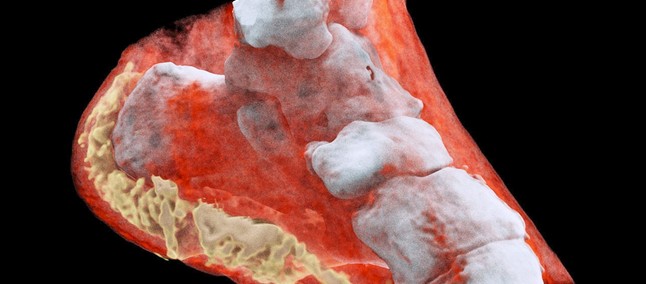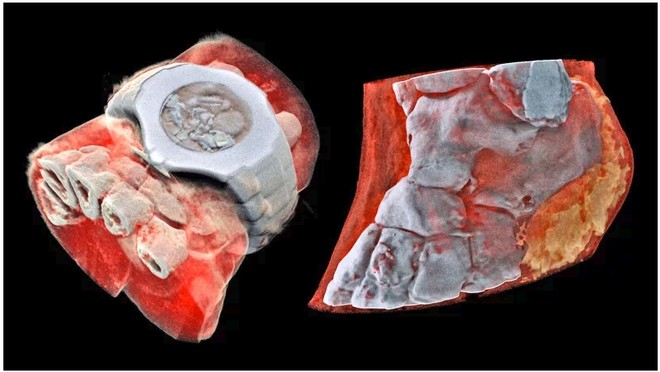 After more than 120 years using black-and-white images, X-ray examinations are getting an update with colourful 3D images. They are able to reveal much more than just the patient’s bones, expanding the possibilities of medical diagnoses.
After more than 120 years using black-and-white images, X-ray examinations are getting an update with colourful 3D images. They are able to reveal much more than just the patient’s bones, expanding the possibilities of medical diagnoses.
More and more new technologies help medicine broaden its horizons, both in the area of studies and clinics. Recently, virtual corpses were created to replace the use of human bodies in classrooms, and holograms are already used to simulate patients so that students can train medical care.
Now it’s the X-rays that get a breakthrough.
Currently, electromagnetic radiation is used, which has a wavelength shorter than visible light and can easily pass through tissues but not through harder materials such as bones. Thus, a sensor, or film, is capable of producing an image based on the intensity of the x-rays that cross its body and where it does not pass.
But a New Zealand company called Mars Bioimaging has developed a new type of image scanner that works in a similar way but uses a technology that can produce much more detailed results.

When used in the new scanner, the Medipix3 chip, enhanced with custom data processing algorithms, can detect the change in wavelengths as x-rays pass through body tissues. This allows the scanner to differentiate bones, muscles, fat, liquids, and all other materials from the human body.
So the software uses this data to produce stunning three-dimensional colour images that allow for a much richer view.
Recommended: Store Promotion: Start the month with over 130 apps and free or discounted games
Thus, while a physician examines the images of his arm for signs of fracture after a fall, he may also look for other conditions that would not appear in typical x-ray results. More than that, smaller versions of tests from this scanner are already being used to study cancer and bone and joint health. The technology could be useful in other fields such as dentistry and even brain surgery.
It will still take a few years for the new equipment to receive all the necessary approvals so that it can be used in hospitals and clinics. But it has already gone through the stages and research and clinical trials are expected to be conducted in New Zealand in the coming months.
Source: Marsbioimaging